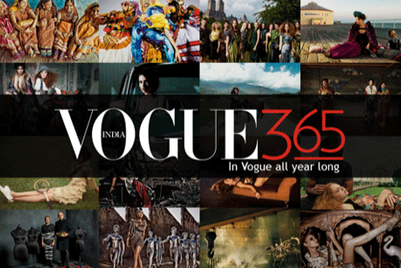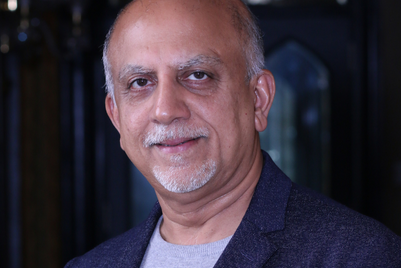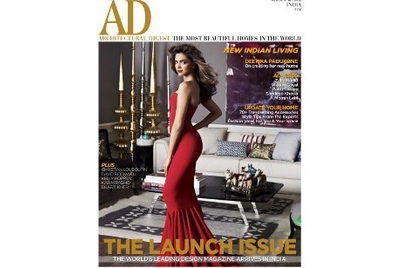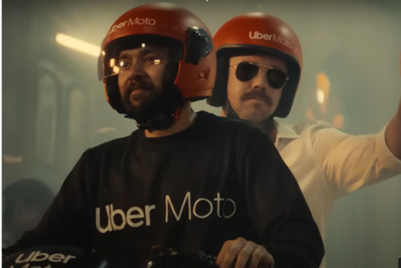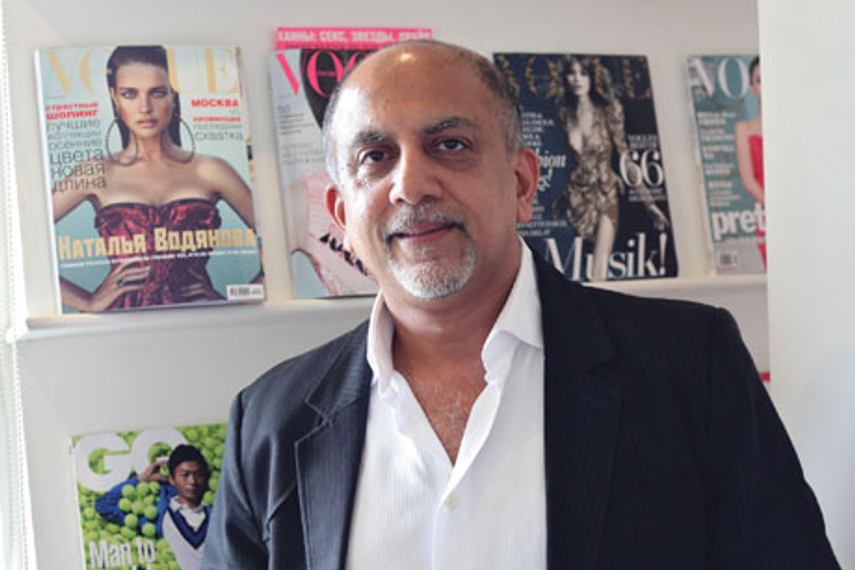
Vogue, the first Conde Nast title in India, completed five years recently. As one would expect, it announced the landmark in style, with its Fashion Fund, The Renaissance Project and Black Magic: 50 Shades of Sari properties. The man steering the ship, Alex Kuruvilla, managing director, says it’s time to ring-fence the business, and make it tougher for others to come in. The intent is to position the group, with titles Vogue, GQ, Conde Nast Traveller and AD, as ‘the’ one stop shop for luxury. Edited excerpts from an interview soon after Vogue’s fifth anniversary bash...
Conde Nast has four titles today. How do they stack up, in terms of revenue contribution? Vogue, being the oldest, would contribute maximum?
The growth of Vogue over the last five years has been spectacular, and it continues to be the largest, contributing to around half the revenues in India. The next biggest contributor would be GQ. Conde Nast Traveller and AD have smaller frequencies (at six issues a year), but are profitable. We’re seeing magazines breaking even operationally in year two.
When we launched Vogue, people said magazines don’t sell in book stores. Today, magazines are one of the largest contributors to sales at stores. We have moved up from a print run of 50,000 to 60,000 copies, and we have sales of 52,000 to 54,000 copies per month including newsstand, subscription and institutional sales. Vogue India has an active subscriber base of over 11,000 and that too is steadily going up.
Today, the readership of our magazines is much more than the print readership. We’re on tablets through several apps. We’re creating apps specifically for popular gadgets for different titles. I believe the game will change soon, with video becoming a big driver.
How much does digital contribute to revenues? Are revenues keeping pace with readership?
Digital revenues are growing by leaps and bounds. Today, digital revenues account for double digits of the total, though that is only because print revenues have shown steady growth, too. Digital revenues have been around only for the last year and a half; yet they account for so much today.
My view is that with video coming in, it will create a new ‘channel’ for us. I expect 25 per cent of revenues from digital by 2014, with consistent growth in print revenues.
In most digitally-savvy markets including some in Asia, digital accounts for 20 to 22 per cent of revenues. India should do better than that. The audience is already there; but the advertisers aren’t. I think it has to do with a lack of understanding about the way it is sold. Digital inventory has been commoditised by most players. We’ve adopted a premium pricing in digital as well.
In markets where print is not growing or showing a drop, digital revenue is great news. Here in India, with reach, circulation growing, both digital and print revenues can grow.
Does digital deliver a slightly different viewership / readership? In terms of gender, age...
Yes, we see that digital readers are slightly younger.
The digital readership can fulfill a key purpose. With print, let us assume we have 2 to 3 million households with over $ 1,00,000 per annum in disposable income. Vogue does 60,000 copies. Which means, we’re reaching 3,00,000 or 3,50,000 people. The potential outside this is much, much more, including the Indian diaspora who are hungry for content from back home.
Part of the role that Vogue has played since its launch to demystify fashion, and this could be for a person from Chandigarh or wherever. We’re trying to find ways and means to find those people. While there is distribution in more than 100 towns, digital can spread the reach further.
From what streams do you expect the 25 per cent digital revenues?
We’ve just rolled out five apps. GQ on Blackberry had more than 2,40,000 downloads. We’ve created solutions like the Conde Nast Luxury Traveller Guide to India. We’re also looking at paid apps in the future. We’re looking at building our custom solutions.
In terms of revenue buckets, I believe traditional (banner and other) ads, video (online ad films) and custom solutions will contribute equally to the growth of the digital revenue pie.
Contract publishing, where we create original digital content, is also showing a lot of promise. Be it white label content, branded content or co-branded content, there is huge potential for original digital content. We’ve already done work in the space with Unilever (bebeautiful.com) and Mastercard.
I’m not including in these buckets revenue from Tablets – be it subscription revenues, advertising or sponsors. In terms of content, in audited markets, 80 per cent of the magazine’s content should be in the Tablet version. So, for advertising, we carry the ads for free if nothing is done to it, but if they have a URL and you have to make the link hot, we charge a fee; it gets higher depending on whether you want to add interactivity or a video and so on.
So it’s the same content, by and large, delivering more eyeballs and monetisation.
Which are the advertiser categories that are contributing the most to print revenues?
Fashion is still the biggest category, contributing 50 per cent to our revenue. Luxury real estate is emerging as a key new category, and it is largely domestic. There’s automobile; jewellery, 95 per cent of which is domestic brands; and watches (100 per cent international brands).
Is there an overlap of digital and print advertisers? Is luxury still print-led?
Globally, luxury brands spend over 70 per cent of their budgets on print. Television doesn’t work for them. Print comes closest to the luxury experience. Digital still doesn’t deliver the touch and feel. It’s pretty much the same here in India.
Four magazines now; any gaps in the portfolio you would want to address?
We have 200 people and four magazines. And every part of the luxury space is covered at this point.
We’re commanding the attention of more than a million affluent eyeballs. We’re looking to innovate within this, work on brand briefs to create cut through solutions.
We’ve worked on positioning the group as a one-stop shop for luxury brands. This is the time, I think, for us to ring fence our business; to make it tougher for others to come in.


.jpg&h=334&w=500&q=100&v=20250320&c=1)
.jpg&h=334&w=500&q=100&v=20250320&c=1)



.jpg&h=334&w=500&q=100&v=20250320&c=1)



.jpg&h=334&w=500&q=100&v=20250320&c=1)
.jpg&h=268&w=401&q=100&v=20250320&c=1)
